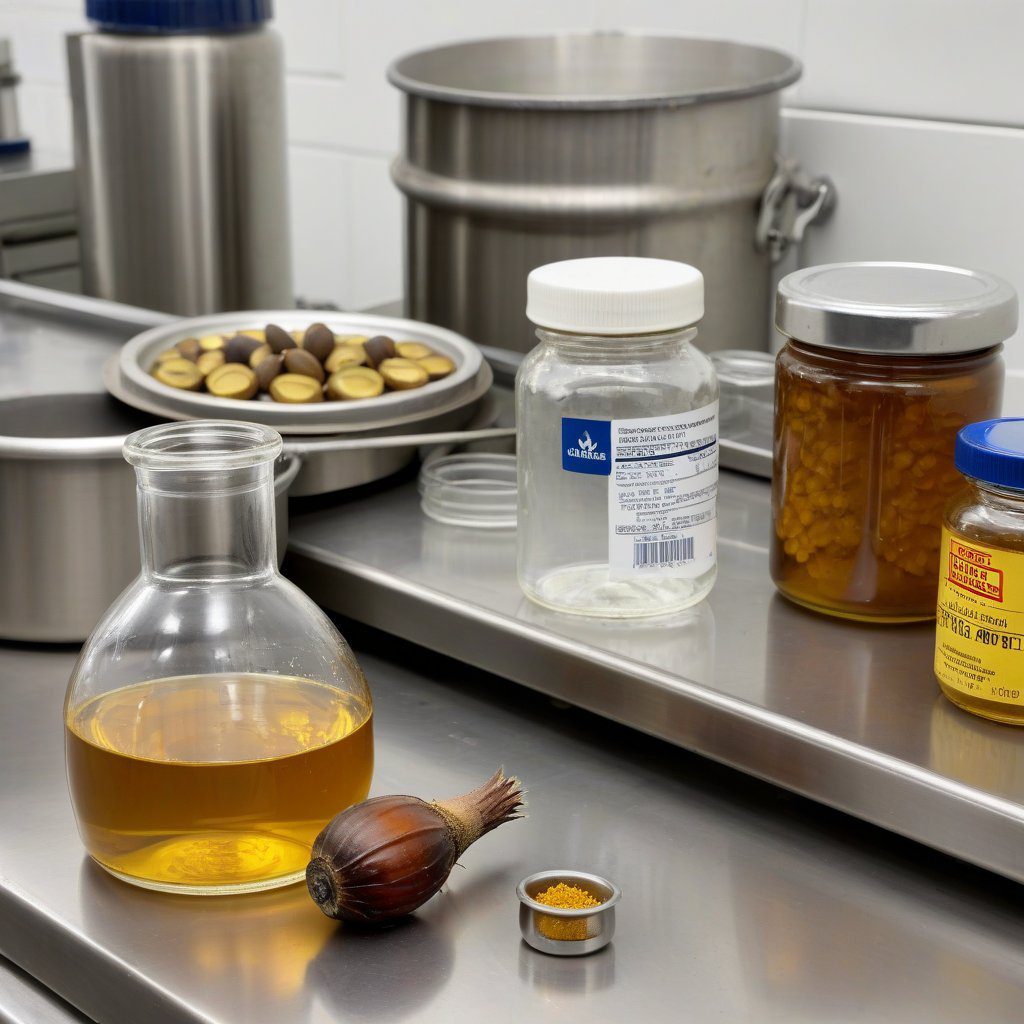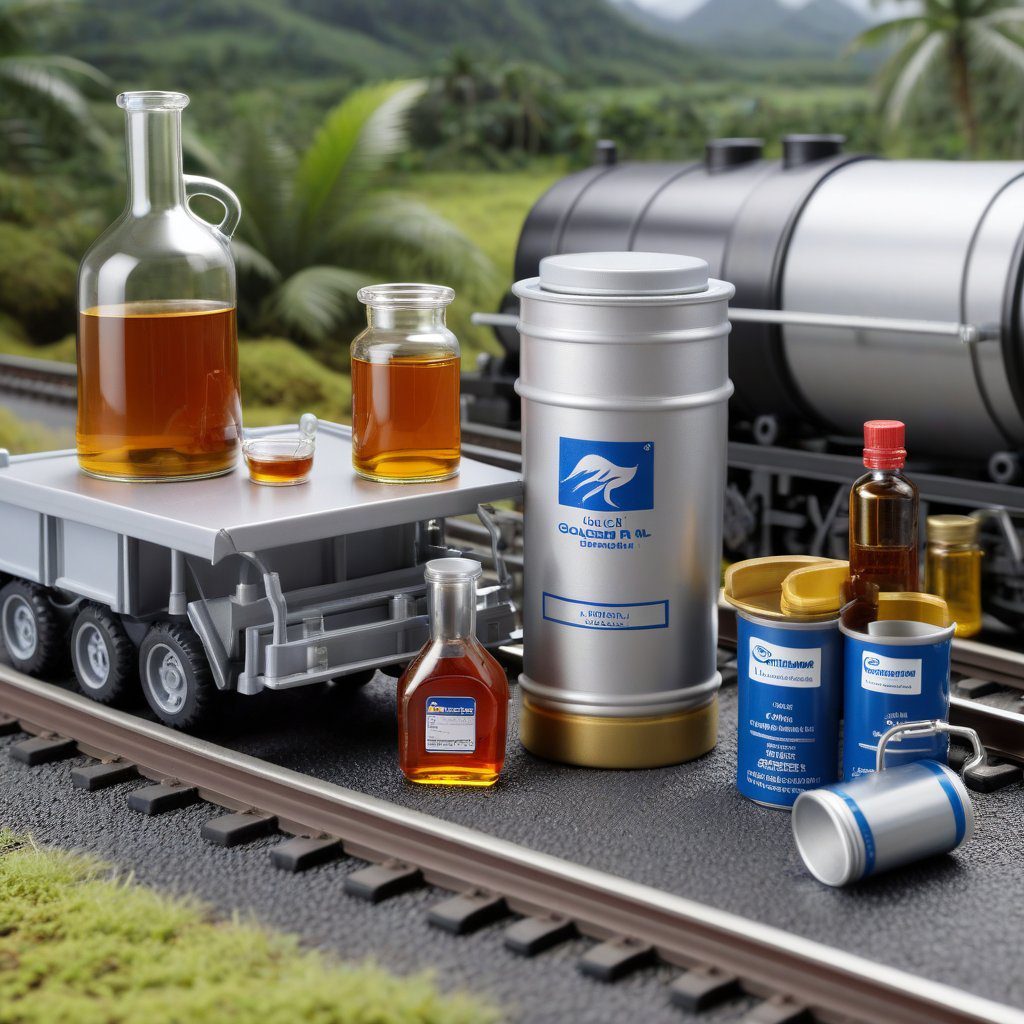Understanding Sodium Laureth Sulfate
Sodium Laureth Sulfate (SLES) is a widely used anionic surfactant in various personal care and household products. Known for its excellent cleaning properties, it is derived from coconut oil or palm kernel oil. SLES is particularly valued for its ability to produce foam and emulsify mixtures effectively, making it a popular choice in shampoos, body washes, and detergents. Understanding its properties is crucial for its optimal use in formulations.
Importance of Mixing Instructions
Proper mixing instructions for Sodium Laureth Sulfate are essential to ensure product efficacy and safety. Incorrect mixing can lead to unstable formulations, which may affect the overall quality of the end product. It is vital that manufacturers adhere to specified mixing ratios and methods to achieve the desired viscosity and performance characteristics. This is especially important when preparing formulations for the U.S. market, where regulatory standards are strict.
Recommended Mixing Ratios
For Sodium Laureth Sulfate, the recommended mixing ratios may vary based on the desired end product. Typically, a concentration of 27% or 70% is used, depending on the application. For instance, a 27% concentration is often suitable for mild formulations, while a 70% concentration is better for industrial applications. It is crucial to follow these guidelines to maintain consistency and quality across batches.
Mixing Procedure for 27% Grade
When mixing Sodium Laureth Sulfate at 27%, begin by combining the SLES with water in a clean mixing vessel. Gradually add the surfactant to the water while stirring continuously to prevent clumping. Maintain a temperature of around 25-30°C to facilitate proper dissolution. Once fully mixed, the solution should be allowed to rest to ensure homogeneity before further processing.
Mixing Procedure for 70% Grade
For the 70% grade of Sodium Laureth Sulfate, the mixing procedure is somewhat similar but with specific adjustments. Begin by heating the water to approximately 40°C before adding the SLES to enhance solubility. Stir the mixture vigorously until a uniform blend is achieved. This grade is often utilized in formulations requiring higher viscosity and foaming capabilities, making the mixing process critical to the final product’s performance.
Storage Conditions Post-Mixing
After mixing Sodium Laureth Sulfate, it is essential to store the product under controlled conditions to maintain its stability. The ideal storage temperature is between 15°C and 25°C, away from direct sunlight and moisture. Proper storage helps prevent degradation and ensures that the product retains its intended characteristics throughout its shelf life.
Quality Control Measures
Implementing quality control measures during the mixing of Sodium Laureth Sulfate is vital. Regular testing for pH, viscosity, and concentration should be conducted to ensure that the formulation meets industry standards. Additionally, sampling from different batches can help identify potential inconsistencies in the mixing process, allowing for timely adjustments and maintaining product integrity.
Regulatory Compliance for U.S. Market
When exporting Sodium Laureth Sulfate to the U.S., compliance with regulatory standards set by the Environmental Protection Agency (EPA) and the Food and Drug Administration (FDA) is paramount. Adhering to guidelines regarding labeling, safety data sheets, and ingredient disclosure will facilitate smoother entry into the market and build consumer trust in the product.
Benefits of Sourcing from DIPLOMATA
DIPLOMATA stands out as a reliable supplier and exporter of Sodium Laureth Sulfate, offering consistent quality and supply of both 27% and 70% grades. With a nationwide reach in the U.S., DIPLOMATA ensures that clients receive high-quality products tailored to their specific needs, backed by a commitment to excellence and customer satisfaction.


